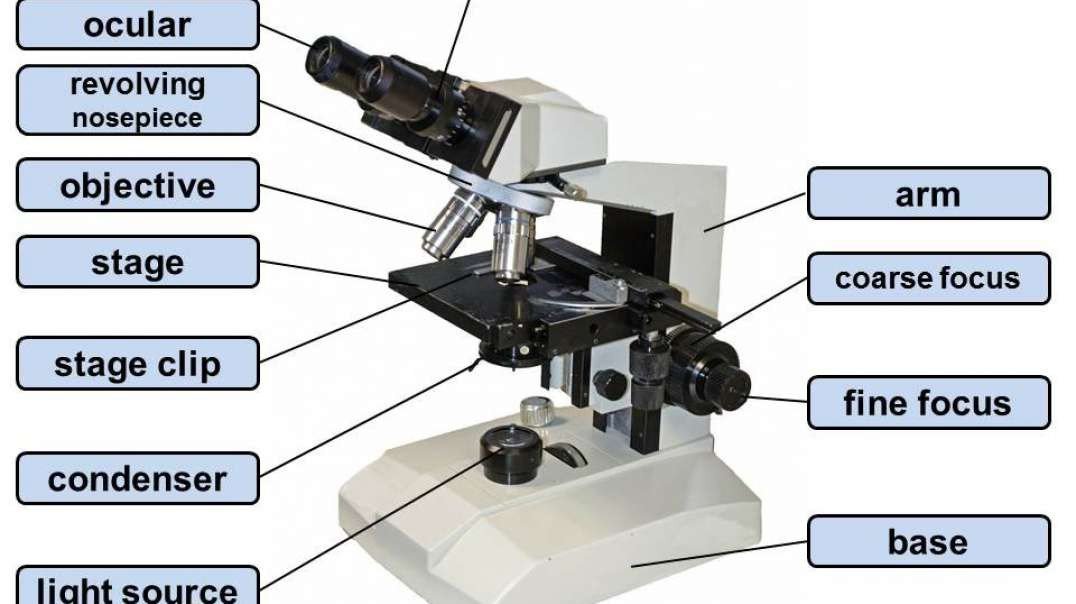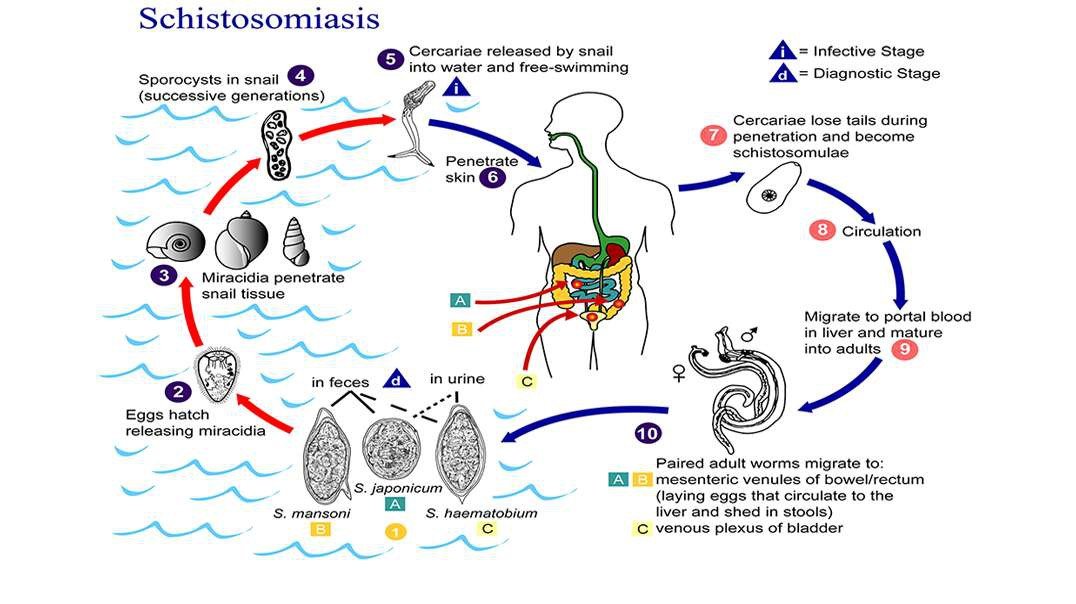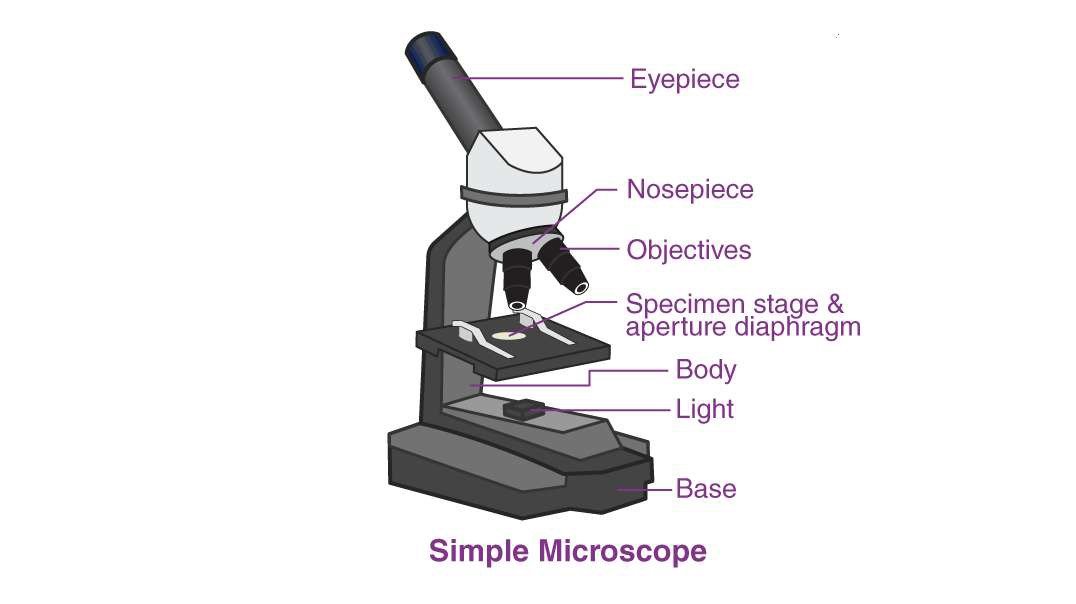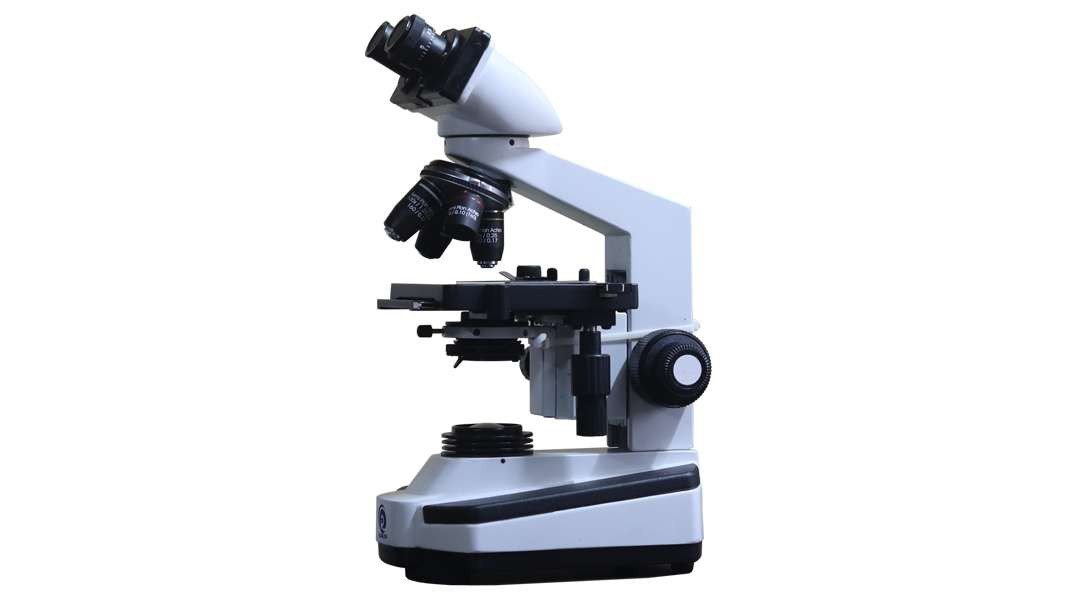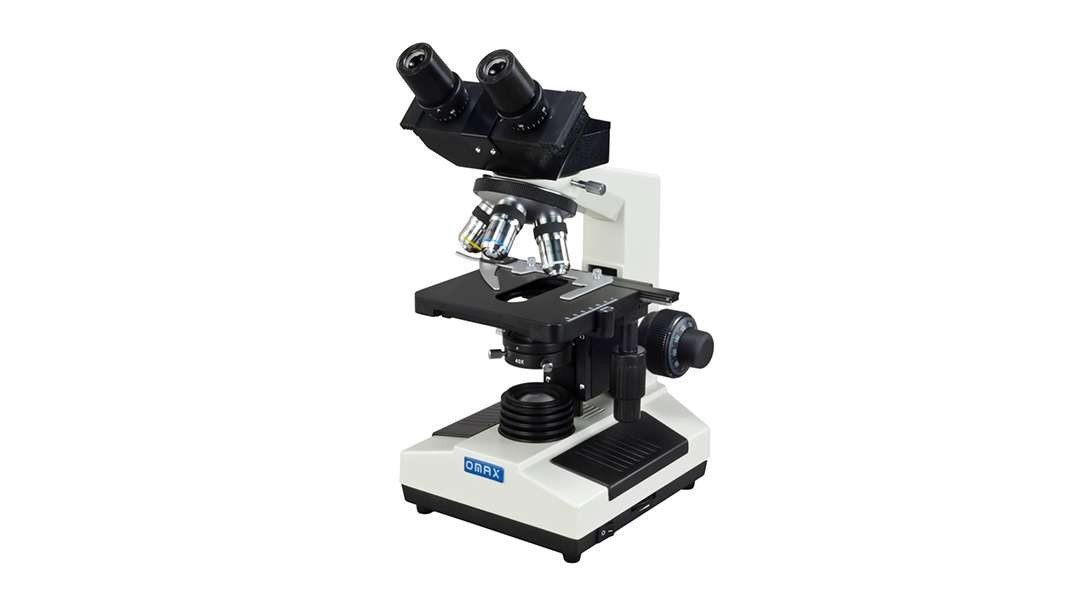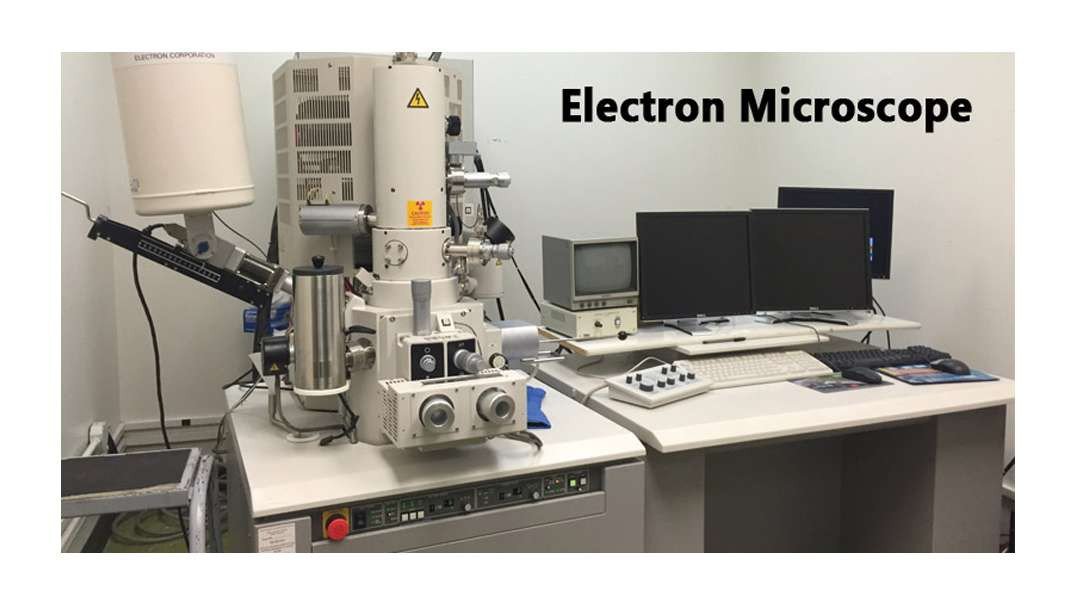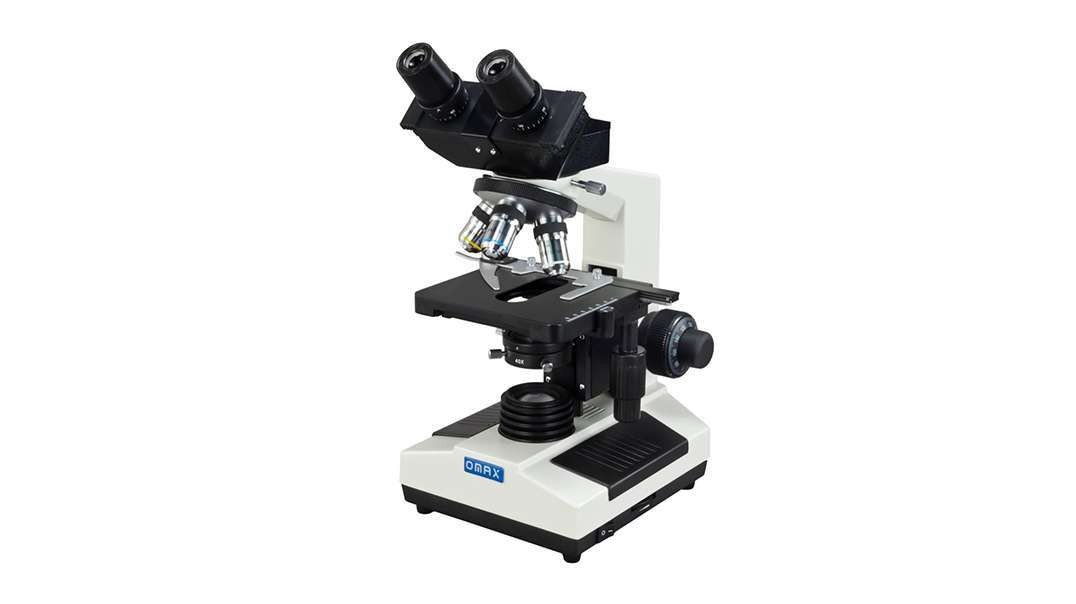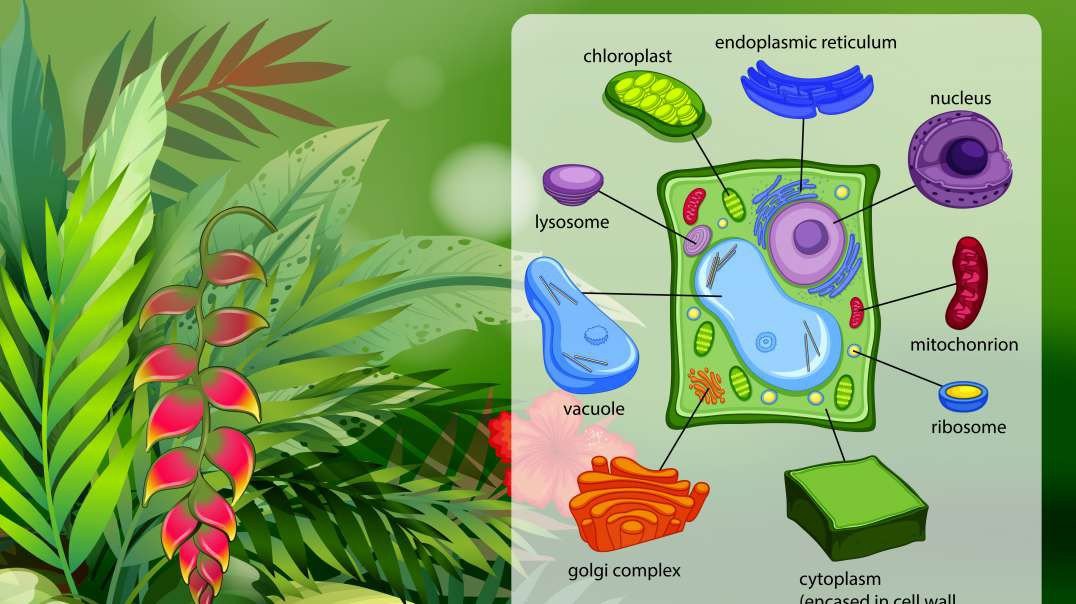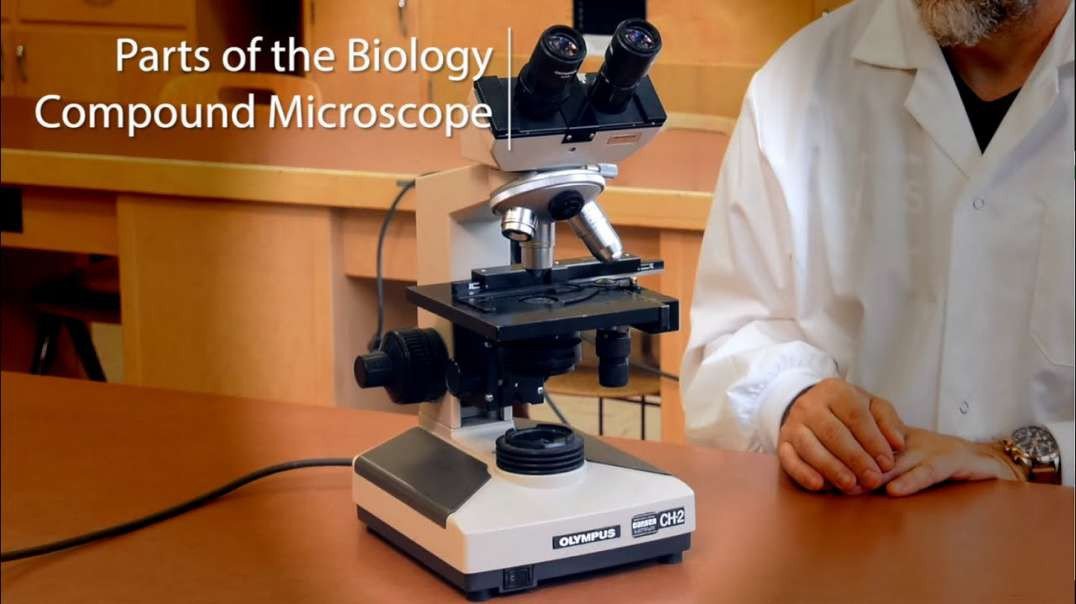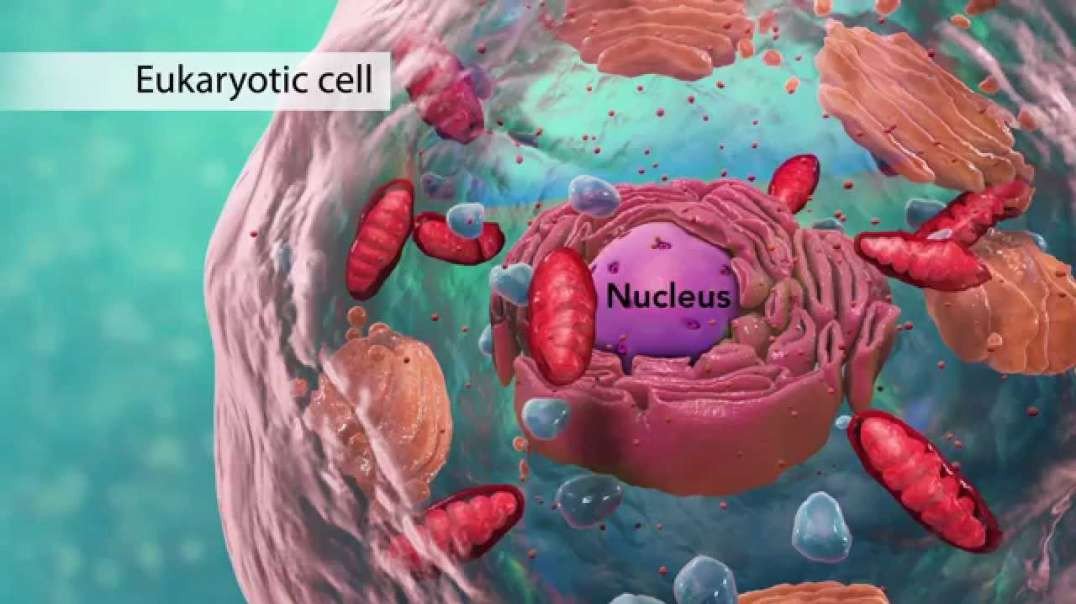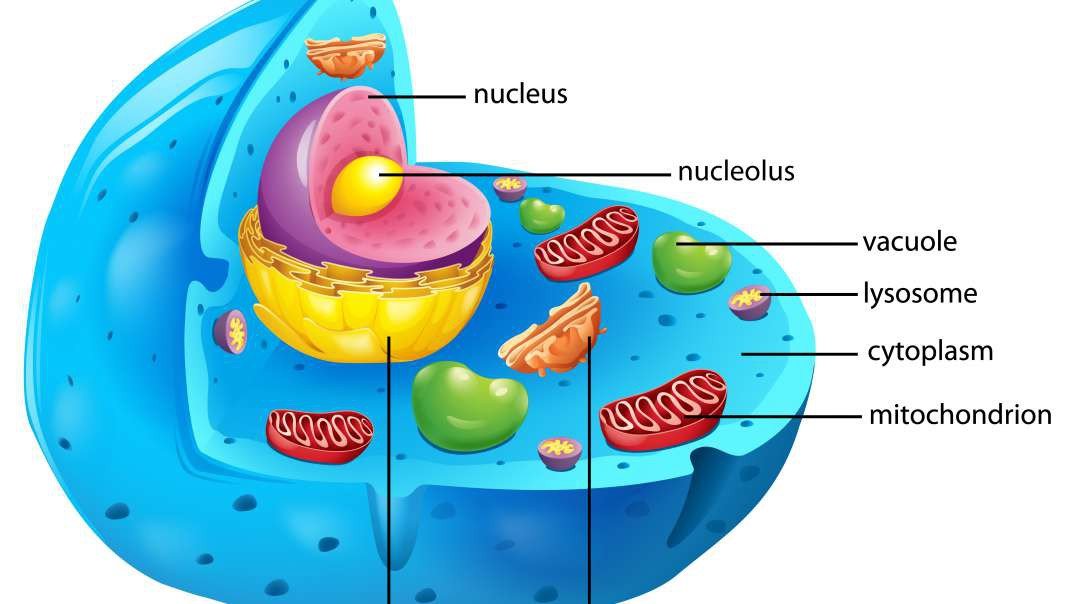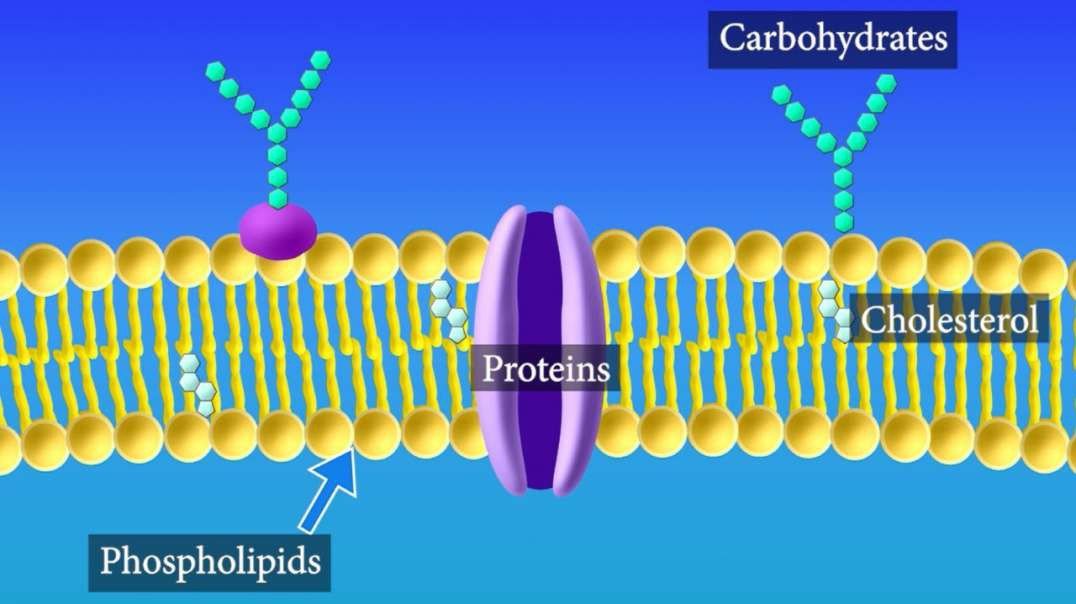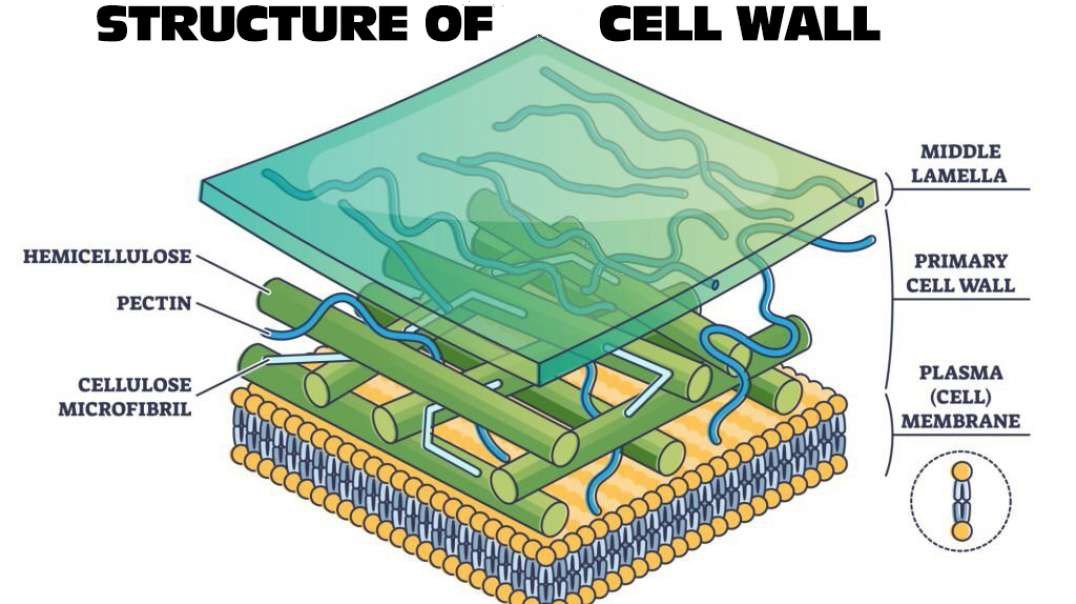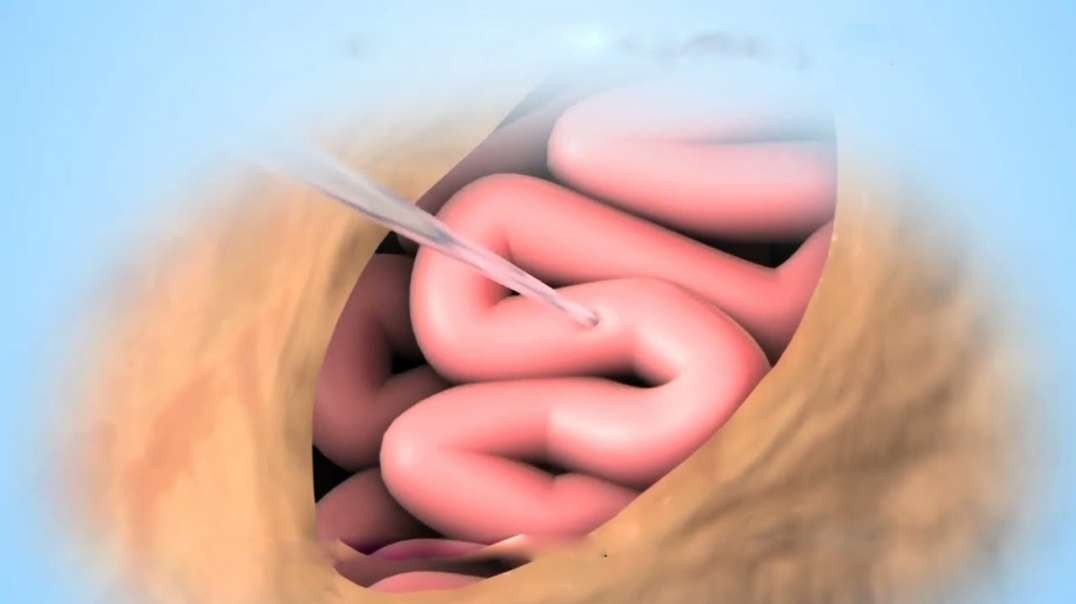
:
Sperm Retrieval for Conception (Fertilization)
If a man has trouble getting a woman pregnant, he may have a condition known as infertility. His doctor may recommend a procedure to collect his sperm so it can be used to help him father a child. The male reproductive system includes the testicles, also known as testes, which are two glands in a up pouch of skin called the scrotum. The testicles normally produce and store reproductive cells called sperm. The scrotum is outside the body, which keeps the testicles cool enough to make sperm. Connected to each testicle, is a mass of coiled tubes called the epididymis. Each epididymis stores immature sperm while they continue to develop. During sex, sperm travel through a tube attached to the epididymis, called the vas deferens, to another to called the ejaculatory duct. There, sperm mix with fluid from two glands, called seminal vesicles, as well as the prostate gland. Now called semen, this fluid mixture exits the man's body through the urethra, the tube inside the penis that usually carries urine. If a man has sex with a woman, this process called ejaculation, deposits semen in her vagina. Semen contain tens of millions of sperm. From the vagina, the sperm in the semen can travel to and fertilize an egg from the woman's body. Fertilization of the egg marks the beginning of human development during pregnancy. Sperm retrieval and collection are usually performed for a condition called azoospermia where a man has no measurable amounts of sperm in his semen. There are two types of azoospermia. The first type, called obstructive azoospermia, occurs when the pathway of sperm out of the body is blocked. The second type of azoospermia, called non-obstructive azoospermia, occurs when the testicles produce little or no sperm. There are several procedures to remove fluid from a testicle or an epididymis to see if it contains healthy sperm. During percutaneous procedures, sperm are removed through the skin of the scrotum without making an incision. For example, during a Percutaneous Epididymal Sperm Aspiration, or PESA, the surgeon will insert a syringe into the epididymis through the skin. Fluid from inside the epididymis will be drawn into the syringe. Or, during a Testicular Sperm Aspiration, or TESA, the doctor will insert a syringe into the testicle through the skin. Fluid from inside the testicle will be drawn into the syringe. If the fluid contain sperm, it can be saved for a later procedure to fertilize an egg. If the fluid retrieved through a percutaneous procedure doesn't contain any sperm, an open sperm retrieval procedure may be done to find other areas in the epididymis or testicle more likely to contain sperm. In any of the open procedures, the surgeon will begin by making an incision in the scrotum. The testicles and epididymis will be pulled through the skin incision and another incision will be made in the outer tissue covering the epididymis and testicle. During an Open Fine Needle Aspiration, the surgeon will insert a needle into several areas of the epididymis. Each time the needle is inserted, fluid will be removed. During a Microsurgical Epididymal Sperm Aspiration, or MESA, the surgeon will use an operating microscope to get a magnified view of the epididymis. The surgeon will make a tiny incision in the thin tissue covering the epididymis to reveal the coiled tubes inside. Then a tiny, hollow tube, called a micropipette, will be used to puncture one or more of the coiled tubes and remove fluid from inside it. After removing the fluid, the tissue covering the epididymis will be closed with sutures. Another open procedure is called Microsurgical Testicular Sperm Extraction, or microTESE. In this procedure, the surgeon will make a small incision in the tissue covering the testicle instead of the epididymis. Next, the surgeon will use an operating microscope to look at the tiny tubes inside of the testicle. A tissue sample of the tubes most likely to contain healthy sperm will be removed. The sample will be examined under a microscope to see if it contains healthy sperm. If no sperm are found, more samples will be removed, and examined. Once sperm are found, the tissue sample will be stored for later use. Then, the tissue covering the testicle will be closed with sutures. After all of these open procedures, the surgeon will close the tissue covering the epididymis and testicle with sutures. Finally, the skin incision in the scrotum will also be closed with sutures. The collected sperm will allow a man to father a child through intracytoplasmic sperm injection During this procedure, a sperm cell will be injected directly into a woman's egg to fertilize it. If the collected sperm are not use right away...
